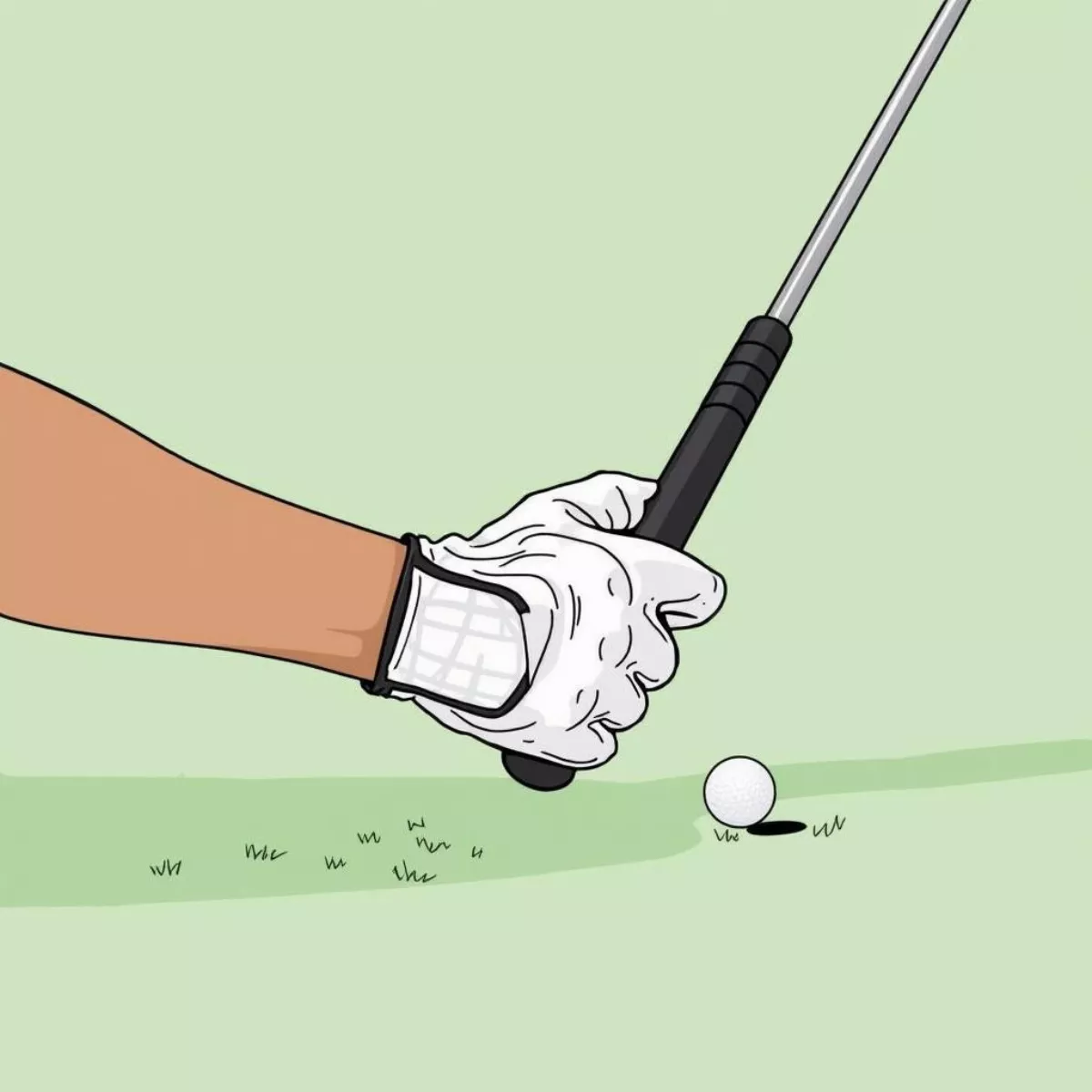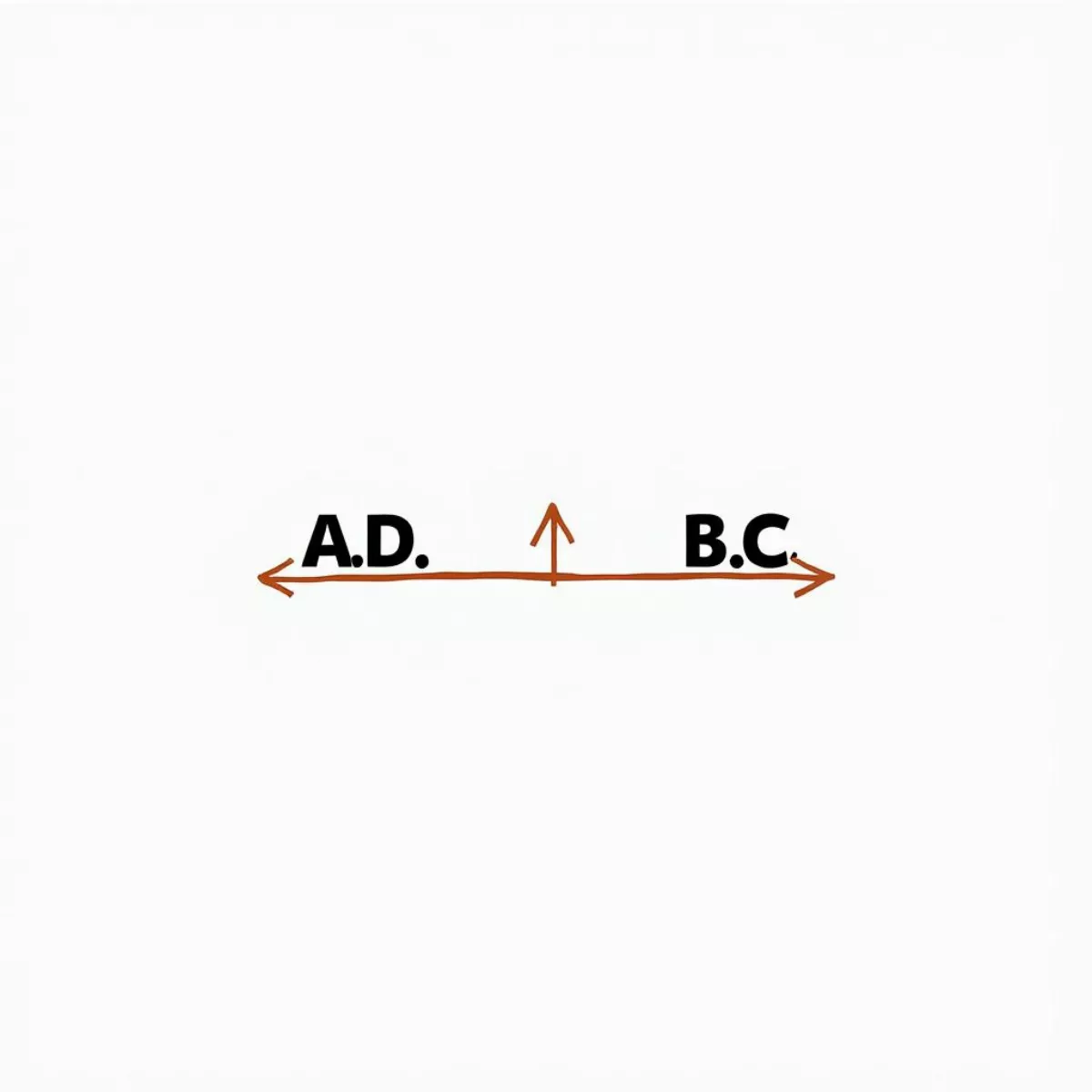When it comes to playing golf, many enthusiasts focus on their swings, clubs, and putting techniques. However, there’s one essential item that often gets overlooked: the golf glove. A well-fitted glove can enhance your grip, improve comfort, and support better performance on the green. But how long does a golf glove last? In this guide, we’ll explore the lifespan of golf gloves, factors that affect their durability, and tips to maximize their longevity.
Understanding Golf Glove Lifespan
The lifespan of a golf glove can vary widely depending on several factors, including usage frequency, material, and care practices. Generally, you can expect a golf glove to last anywhere from 5 rounds to 25 rounds, but that range can change based on specific conditions, which we’ll delve into further.
Types of Golf Gloves
- Leather Gloves: Often favored for their comfort and feel. They may last between 10 to 20 rounds, particularly if well cared for.
- Synthetic Gloves: These are typically more affordable and can last about 5 to 15 rounds depending on usage and environment.
- Winter Gloves: Designed for colder conditions, these may have a shorter lifespan due to specialized materials.
Factors Affecting Durability
Several key factors can influence how long your glove will last:
- Frequency of Use: The more frequently you play, the sooner your glove will wear out.
- Climate Conditions: Exposure to humidity, heat, or rain can degrade a glove faster than dry conditions.
- Storage: Proper storage away from direct sunlight and moisture can extend the lifespan of a glove.
- Sweat and Body Oil: Natural oils from your hands can accumulate in the glove, affecting its grip and feel over time.
- Quality of Material: Higher quality gloves often have longer lifespans.
 Close-up of a golf glove
Close-up of a golf glove
Signs Your Golf Glove Needs Replacing
How do you know when it’s time to replace your golf glove? Here are some signs:
- Visible Wear and Tear: Look for any signs of fraying or thinning in the material.
- Loss of Grip: If you find your club slipping often, it might be time for a new glove.
- Uncomfortable Fit: A glove that feels too loose or too tight may hinder performance and needs evaluating.
- Odor: If your glove starts smelling bad, it may be harboring bacteria or mildew, especially if it was not dried properly.
Tips to Extend the Life of Your Golf Glove
While you can’t avoid wear and tear entirely, following these tips can help you get the most out of your gloves:
- Rotate Gloves: If you play frequently, consider investing in multiple gloves. This allows them to dry out and recover between rounds.
- Hand Wash Care: Avoid washing gloves in a machine. Instead, gently hand wash them with mild soap and cold water.
- Proper Drying: Air-dry your glove in a cool place, away from sunlight. Never use a dryer or place it near a direct heat source.
- Use a Glove Bag: Store your gloves in a protective bag when not in use. This reduces exposure to moisture and UV light.
 Golfer's hand wearing a golf glove while holding a club
Golfer's hand wearing a golf glove while holding a club
Usage Tips
- Adjust Tightness: Ensure your glove is snug but not too tight. This allows for a better grip without putting unnecessary pressure on the material.
- Frequent Inspection: Regularly check your glove for wear. Catching issues early can save you from unexpected replacements.
Golf Glove Maintenance Guide
| Maintenance Tip | Suggested Action |
|---|---|
| Hand Wash | Mild soap and cold water |
| Drying | Air dry in a cool place |
| Storage | Keep in a protective bag |
| Usage Inspection | Check for visible wear regularly |
| Rotate Gloves | Use multiple gloves if possible |
Key Takeaways
- A golf glove typically lasts between 5 to 25 rounds, varying by type, use, and care.
- Key factors affecting durability include frequency of play, environmental elements, and glove material.
- Proper care, including washing and drying, can significantly extend the lifespan of your golf glove.
- Regular inspection of your gloves can prevent performance issues during your game.
 Golf gloves and tees on a green background
Golf gloves and tees on a green background
FAQ Section
1. How often should I change my golf glove?
Typically, a glove should be replaced every 5 to 25 rounds, depending on wear, glove type, and care.
2. Can I wash my golf glove?
Yes, but hand washing with mild soap and cold water is recommended to maintain the glove’s quality.
3. What’s the best way to dry my golf glove?
Air-drying it in a cool place, away from direct sunlight or heat sources, is best.
4. Do expensive golf gloves last longer?
Higher quality, often more expensive gloves tend to have better durability than cheaper counterparts.
5. Is it okay to play with a wet golf glove?
Playing with a wet glove can reduce grip and increase wear; it’s best to keep gloves dry.
6. How do I store my golf gloves?
Store in a protective bag away from direct sunlight and moisture.
7. Why do my golf gloves smell?
Odors usually stem from sweat and bacteria; proper cleaning and drying can help mitigate this.
8. Should I buy left-handed or right-handed gloves?
You should always choose a glove that corresponds to your dominant hand for maximum grip and control.
9. What materials make the best golf gloves?
Leather is often preferred for comfort and grip, while synthetic materials offer affordability and versatility.
10. Can I use my golf glove for other sports?
While golf gloves are designed for the game, they may be used for some other sports that require similar grip, like tennis, although they may not provide the same durability.
In conclusion, maintaining your golf gloves properly can significantly improve their performance and lifespan. Through proper care, storage, and regular inspection, you can ensure that your gloves will last as long as possible while enhancing your golfing experience. The next time you step onto the course, remember that your golf glove is more than an accessory; it’s an essential tool for your game!

 Signs of Wear on Golf Glove
Signs of Wear on Golf Glove Golfer's Grip and Swing with Glove
Golfer's Grip and Swing with Glove
 Close up of aeration holes
Close up of aeration holes Golf course maintenance worker aerating greens
Golf course maintenance worker aerating greens Healthy and lush green golf course
Healthy and lush green golf course
 Sustainable Golfing at Del Lago
Sustainable Golfing at Del Lago Junior Golf Program at Del Lago
Junior Golf Program at Del Lago Del Lago Golf Course – Arizona
Del Lago Golf Course – Arizona
 Timeline of Significant Events in A.D.
Timeline of Significant Events in A.D. Relationship Between A.D. and B.C.
Relationship Between A.D. and B.C.
 Viktor Hovland wearing sponsored golf apparel
Viktor Hovland wearing sponsored golf apparel Viktor Hovland posing with fans
Viktor Hovland posing with fans
 Dave White Golf Course Clubhouse Interior
Dave White Golf Course Clubhouse Interior Dave White Golf Course Wildlife – Quail
Dave White Golf Course Wildlife – Quail